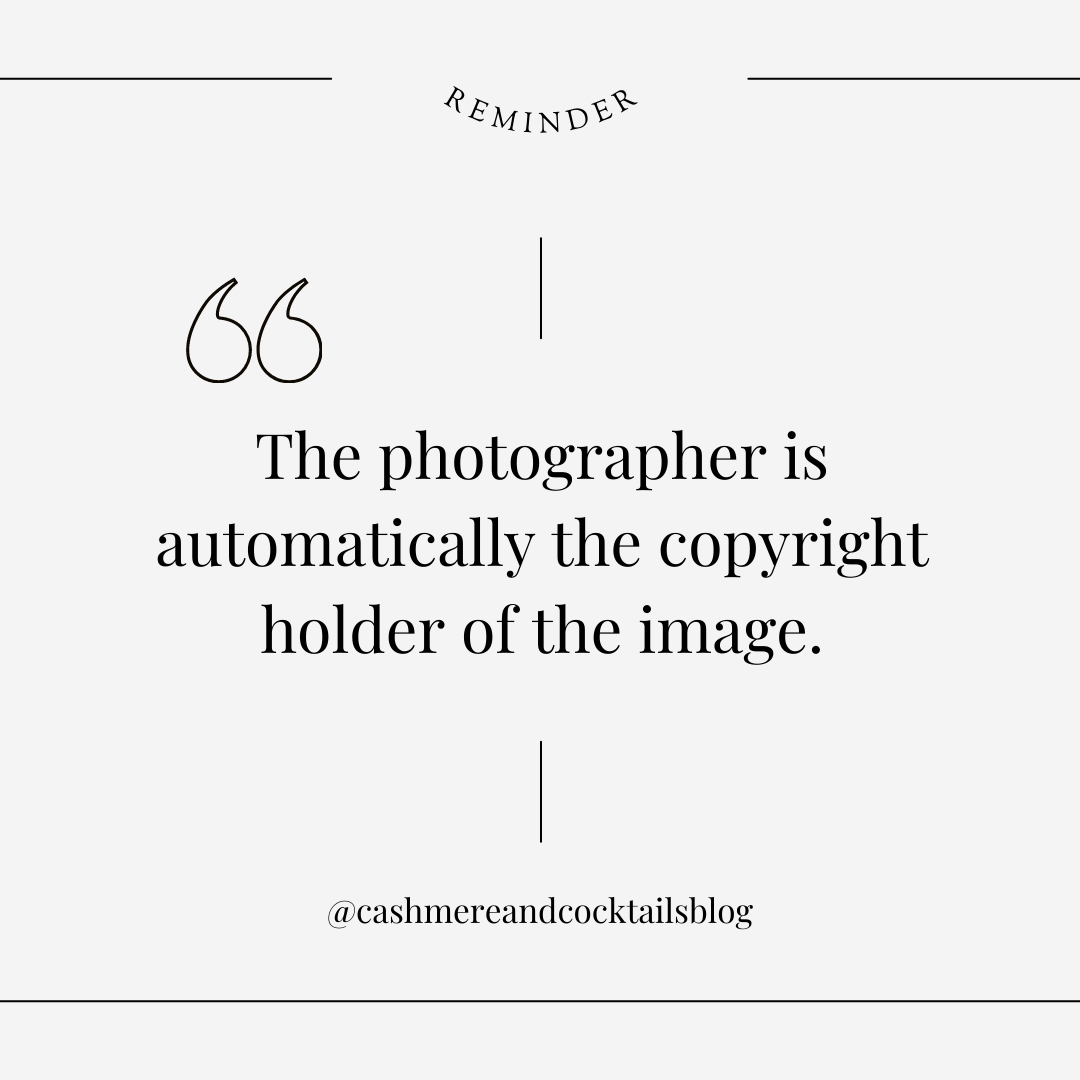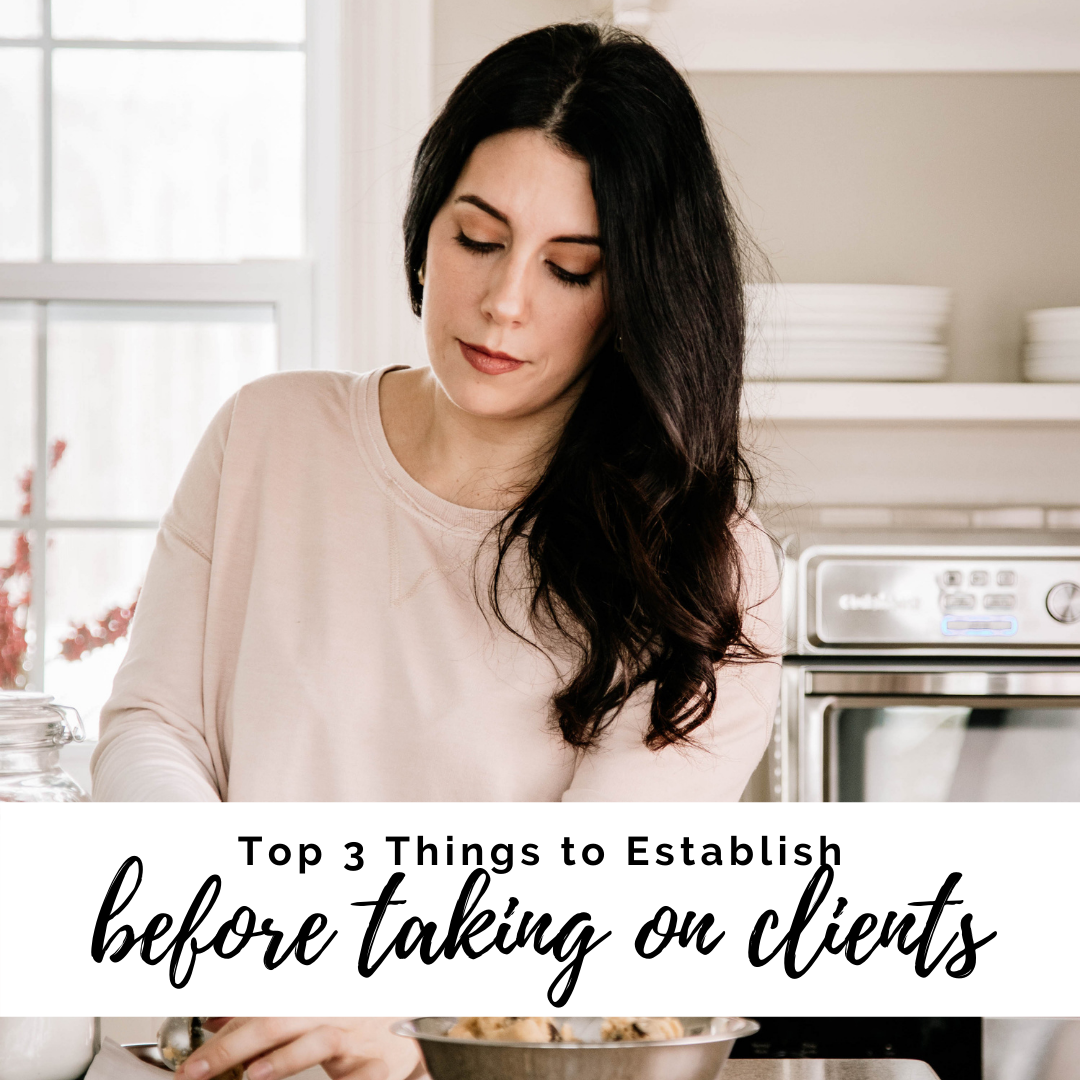Did you know that commercial rights are required before a brand can use your images?

If your images are used with the purpose of generating a revenue for a brand/business (via social media posts, product packaging, commercial blog, ads, email market, etc.), commercial rights must be granted by you to them. This is where a licensing agreement comes in.
As the photographer, you are automatically the copyright holder of your images. However, you can grant a brand permission to use your images through a licensing agreement.
So what is a licensing agreement and why is it so important?
A licensing agreement can protect your intellectual property as a photographer. In photography, creating an image for a client doesn't mean that the client owns the image (remember, as the photographer, we retain the copyrights). The only exception to this is if your work falls under "work-for-hire". A work-for-hire relationship can happen two ways: the photographer is an employee hired to take images for the employer or the photographer signs a contract that specifically states that the work is to be considered work-for-hire.
The cost associated with purchasing the copyrights of an image is usually very high. By selling the copyrights, a photographer relinquishes all ownership of the image as well as any further income that the image may produce. This also means that a client could sue you for using the image, even if only in your portfolio. Remember, if you sell the copyright, the image is no longer yours in any capacity.
Generally speaking, purchasing the copyrights is completely unnecessary for the client. Put simply, it would be overkill at a very high price tag. Instead, a licensing agreement allows the client to use the image under predetermined and agreed upon terms and the photographer to retain the copyrights to their intellectual property.

Here are a few things to consider before entering a licensing agreement with a client:
Attribution: This is when you are credited for your images when they are used. This can be in the form of a tag, a mention, a link, etc. What’s important is to be specific with whether you want to be credited and if so how you want to be credited.
Royalties: These are payments to you, the photographer, for each time the image is used. For example, if a brand uses your image on 500 labels, you receive a set fee x 500.
Time: Be clear about the length of time a brand can use the image. FYI “in perpetuity” means forever, so it's important to take this into consideration when pricing.
Exclusivity: Unless a brand is paying for exclusive rights on an image, a photographer can technically license that same image to as many brands as they want (which would be a great way to generate more revenue for us). If a brand wants exclusive rights to an image, this too is factored into the cost of the licensing agreement.
Domain: Just because you grant a brand the right to use your image on social media doesn’t mean that they are allowed to use it on their website. Each location is considered a different domain and should be listed separately on the licensing agreement.
Modification: Anything that changes the visual presentation of an image is considered a modification (like an unwanted filter being added to your image, for example). Be sure to request approval rights for any modification in your licensing agreement.
As you can see, a licensing agreement is an important part of pricing your work for clients. It provides a clear legal framework and can avoid a lot of headaches down the road.
If you like this type of content, follow me on Instagram and Subscribe to my YouTube channel to never miss out on the action!
Other articles you may also like:



